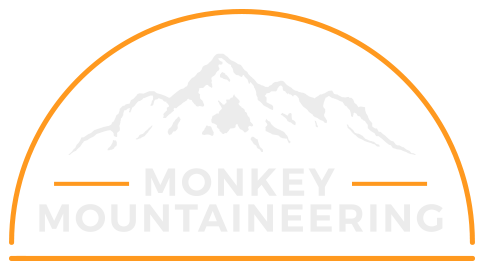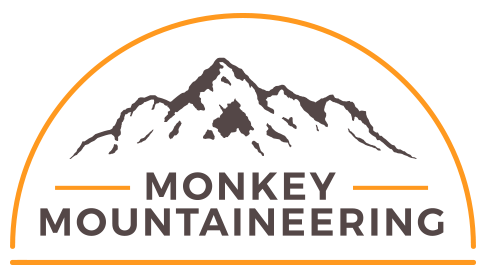One - Itinerary is Crucial.
There are a number of different ways to approach Mera Peak. The route you select will have an impact on how long the journey takes, how well you are able to acclimatise and ultimately whether you successfully reach the summit or not. The shortest route includes a crossing of the Zatrwa La[2] within the first few days of the trek.
Short itineraries are attractive because they reduce the amount of time you need to take off work and offer, in theory, the same outcome as itineraries spread over more days. The short itinerary also has the advantage of generally having a lower price and let’s face it, who wants to pay more for something when you can get it much cheaper.
The Wilderness Medical Society suggest that the best approach to avoiding the problems of altitude related illness such as AMS[3], HACE[4] and HAPE[5] is to follow a gradual ascent profile. They advise ‘…above an altitude of 3000m, individuals should not increase the sleeping elevation by more than 500m per day and should include a rest day (ie, no ascent to higher sleeping elevation) every 3 to 4 days[6]’.
A short itinerary is very unlikely to follow these guidelines and so there will be insufficient time to acclimatise. This in turn significantly reduces your chances of summit success whilst increasing the likelihood that you will develop AMS or the more serious and life-threatening conditions HACE and/or HAPE. These conditions will curtail your trip and according to the UIAA[7], ‘…each year, fatalities from these conditions are reported amongst mountaineers and local workers who cross the Zatrwa La’.
Whilst a short itinerary might appear both time and cost effective, it can significantly reduce your chances of summit success on Mera Peak and can lead to serious complications including death.
Fortunately, this issue can be resolved relatively easily. Choose an itinerary that takes a gradual approach to Mera Peak, does not cross the Zatwra La in the first few days and has one or two acclimatisation days programmed in, an example can be found HERE. This is simple if booking a trip in the UK as most, but not all, UK providers design their itineraries with acclimatisation in mind. Whilst this might cost a little bit more both in terms of time and money, I can guarantee that it will be worth it. If you choose to arrange your trip after having arrived in Kathmandu, in one of the many trekking agencies in Thamel then make sure you negotiate an itinerary that meets the criteria described above.

